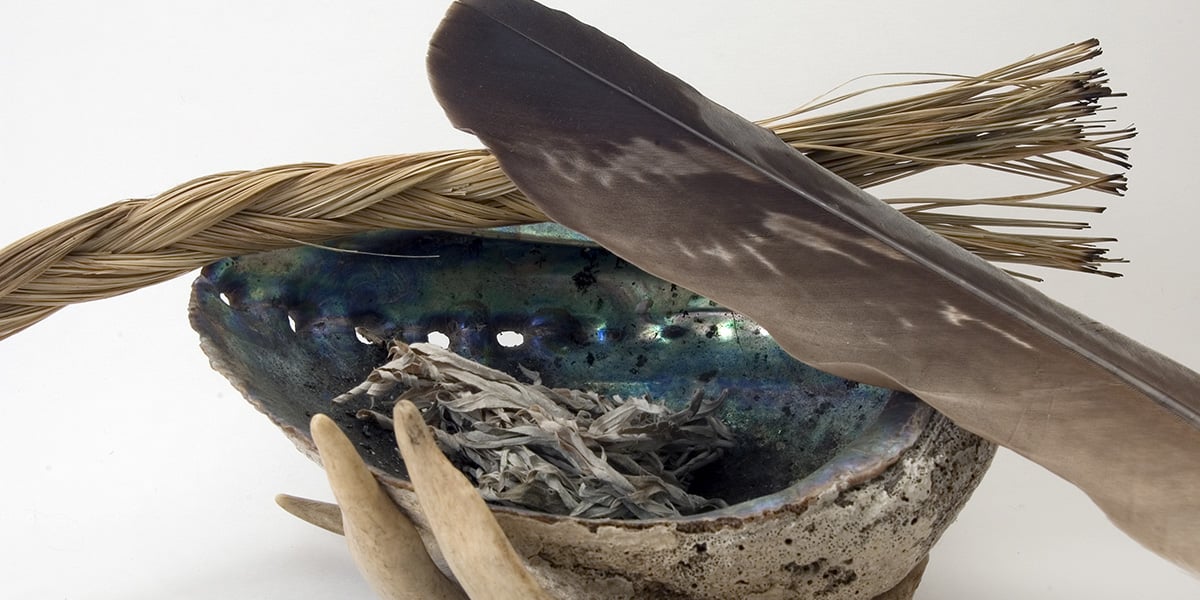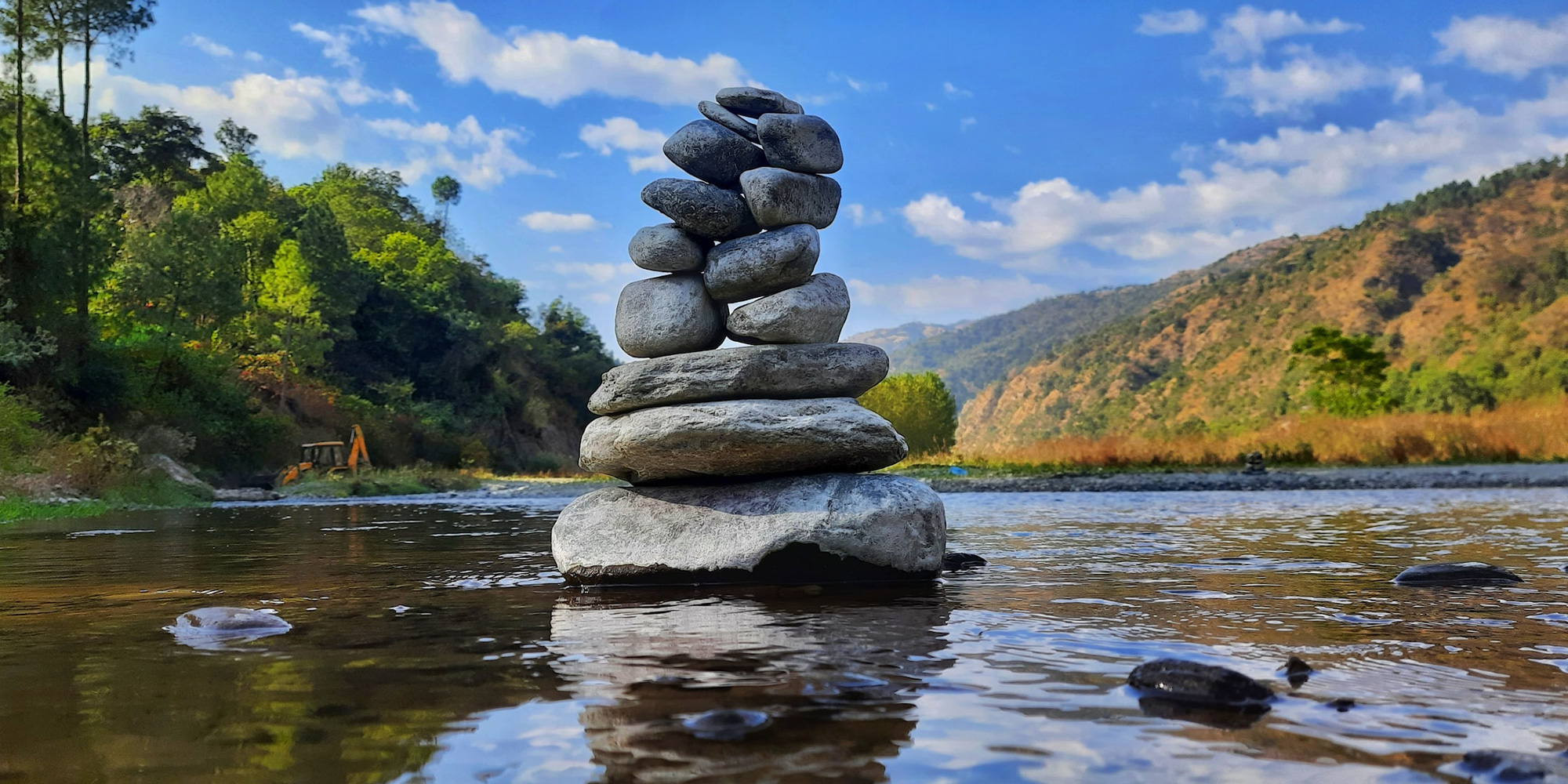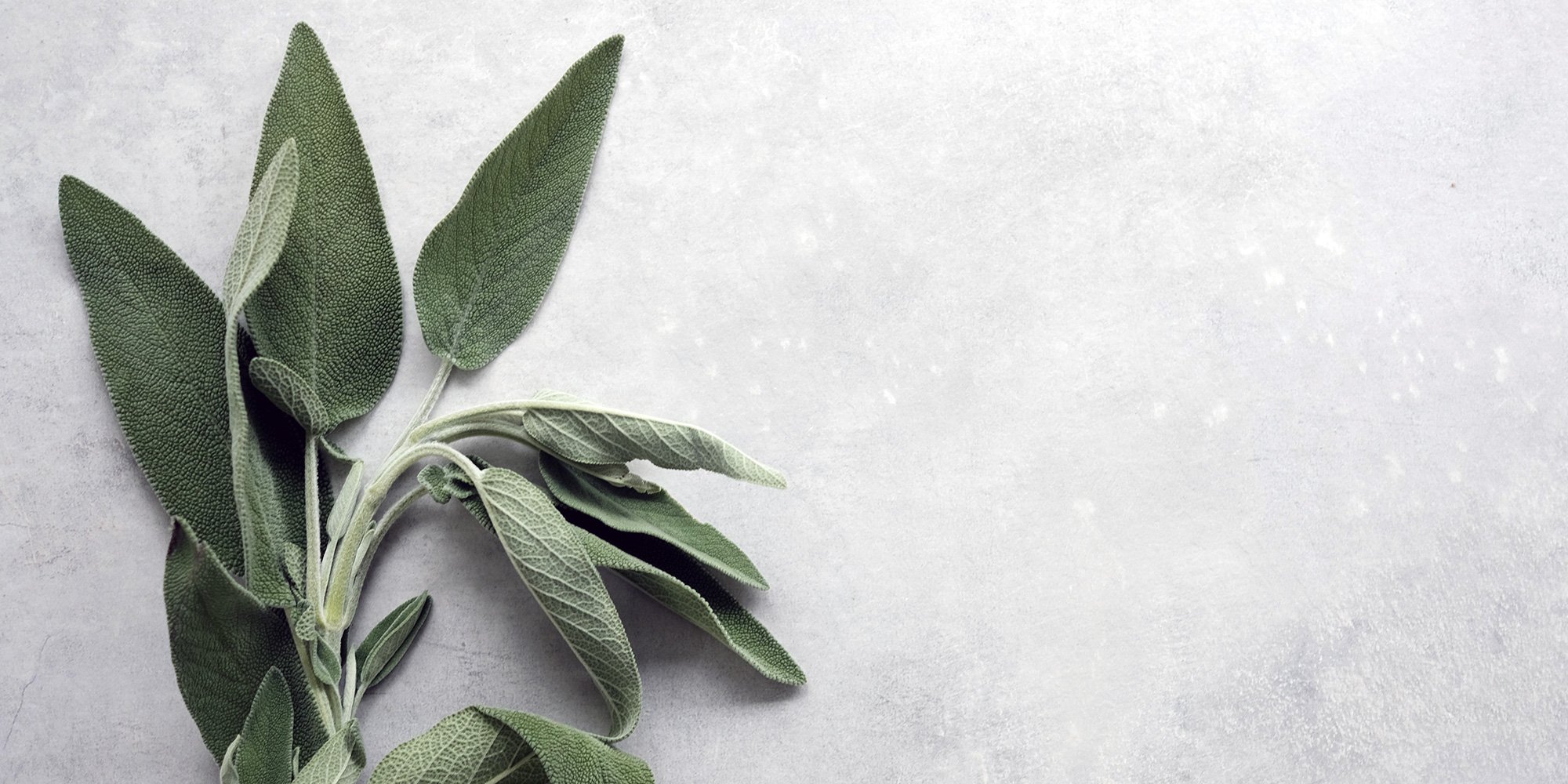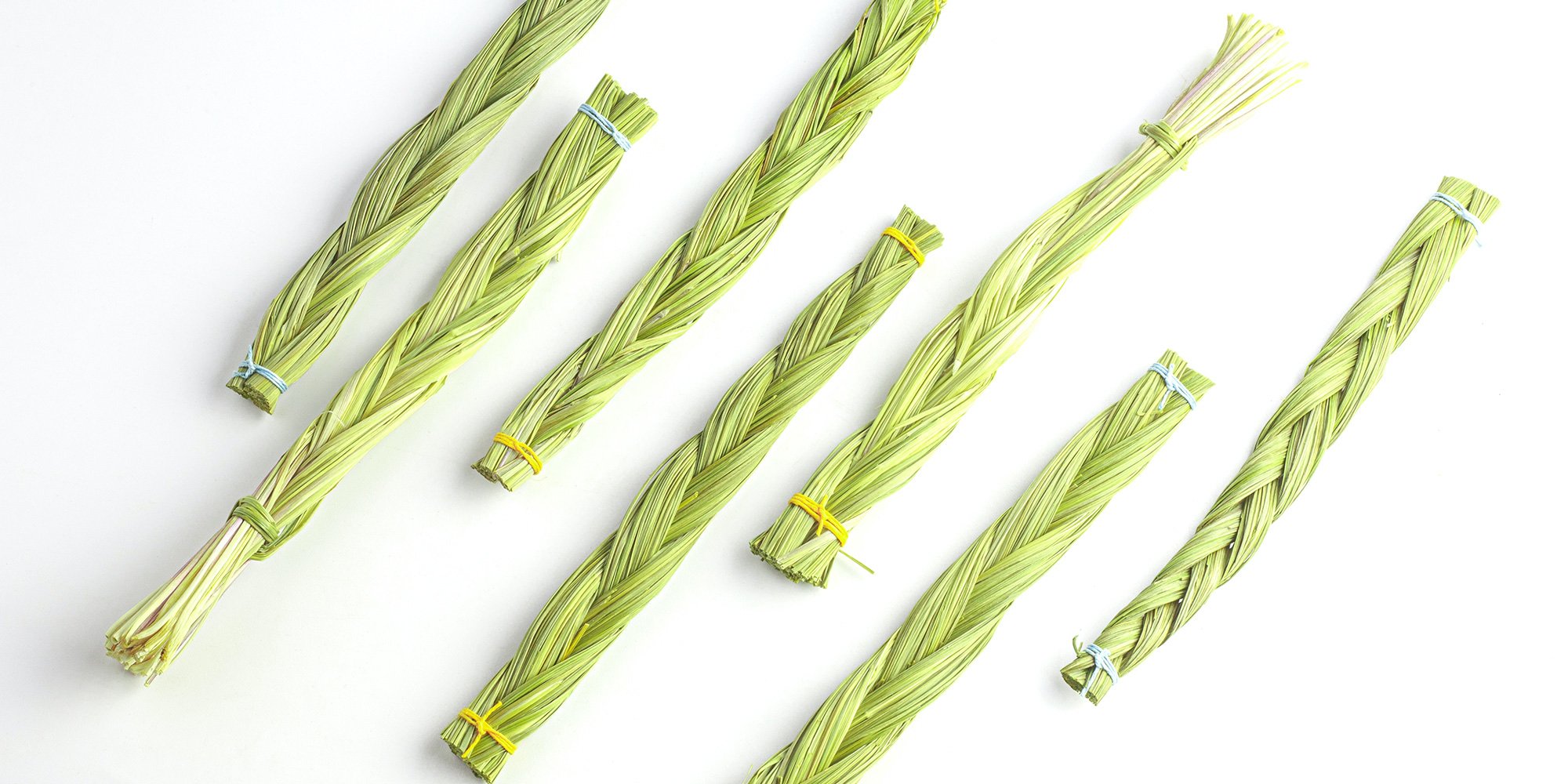Smudging to Indigenous Protocol - Our Top 10 Articles in 2017
In 2017, we had just over 816,000 visitors to our blog Working Effectively with Indigenous Peoples® looking for information on a wide variety of...

Sacred smoke created from burning medicinal or sacred plants is an aspect of many cultures and religions the world over. In North America, it is a practice common to Indigenous Peoples and is called smudging. Many, but not all, Indigenous cultures in Canada smudge but may have different beliefs associated with the smoke, and different ceremonies and protocols. In this article, we are giving a general definition of smudging.
Smudging is traditionally a ceremony for purifying or cleansing the soul of negative thoughts of a person or place. There are four elements involved in a smudge:
During a smudge plant leaves or stems are placed in the container and ignited (preferably with a wooden match). The flames are then gently blown out and the smoke, which heals the mind, heart and body, is wafted over the person, either by hand or with an eagle feather. The person being smudged pulls the smoke to them and gently inhales the smoke. The ashes traditionally are returned to Mother Earth by disposing them outside on bare soil - it is believed that the negative thoughts and feelings have been absorbed by the ashes. A person can smudge themselves, or, someone can lead a smudge by holding the container and directing the smoke over others.
Smudging is also used to clear negative energy from rooms and homes:
If you have moved into a new place, or have had an argument in your home, you might want to give it a smudge to cleanse the air. To prepare the room, cover mirrors, close windows, open doors (including cupboards), and turn off all electronics... You start on the left side of the door and you stay to the left all the way through the house or apartment, while praying the whole time. With the smoke you ask for the good spirits to stay and the negative spirits to go away,” says Eddy Robinson, Ojibwa cultural educator and founder of Morningstar River, which provides aboriginal culture education. “When you get to the front, you shoot the smoke out the front door and then you wait a minute or two.... [1]
Because smudging is vital to so many Indigenous patients hospitals are increasingly modifying their policies and operations to accommodate smudging within their buildings by designating certain areas for smudging. Some hospitals will even accommodate smudging in a patient’s room in an end-of-life situation. Cultural awareness of Indigenous healing practices is included in the Truth and Reconciliation Commission's Calls to Action:
Health
- We call upon those who can effect change within the Canadian healthcare system to recognize the value of Aboriginal healing practices and use them in the treatment of Aboriginal patients in collaboration with Aboriginal healers and Elders where requested by Aboriginal patients. [2]
Some school districts are recognizing smudging as necessary for their Indigenous students and have written guidelines and protocols for schools to follow. Smudging ceremonies are also used to educate non-Indigenous students about Indigenous culture and beliefs.
When it comes to developing guidelines and protocols for smudging within a health or education organization it is recommended that the guidelines and protocols be developed with the input of Elders from the surrounding communities.
If you are invited to participate in a smudge and are unsure of protocols ask the person who invited you and failing that, watch closely and follow what others are doing.
[1] Lisa Charleyboy, The Ancient Art of Smudging
[2] Truth and Reconciliation Commission Summary Report
Featured photo: Shutterstock

In 2017, we had just over 816,000 visitors to our blog Working Effectively with Indigenous Peoples® looking for information on a wide variety of...

This is the last in our series on Indigenous sacred plants. Sage, along with sweetgrass, red cedar and tobacco, is one of the four plants considered...

Sweetgrass is one of the four plants (tobacco, sage, red cedar and sweetgrass) considered sacred to Indigenous, Inuit and Métis Peoples. It is known...